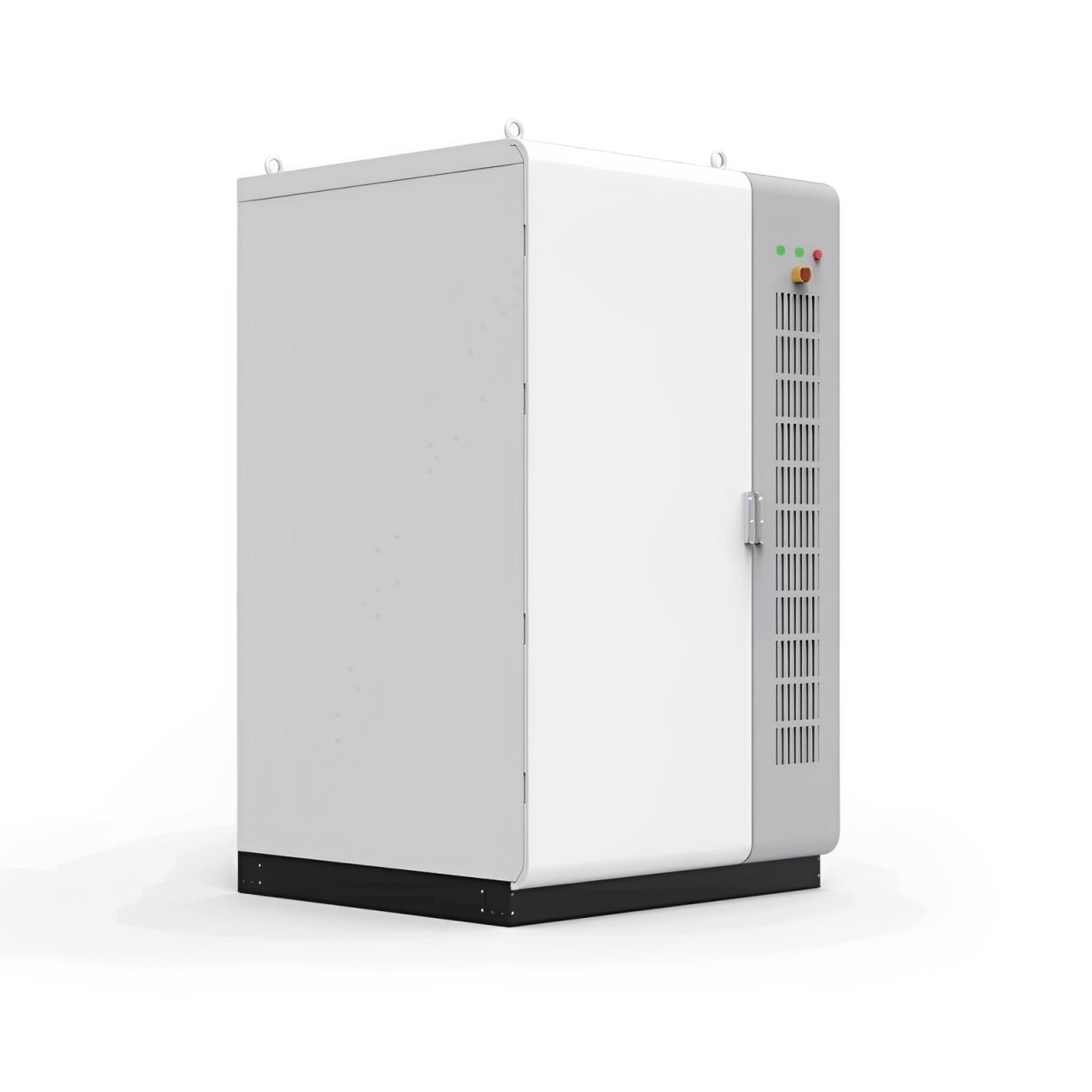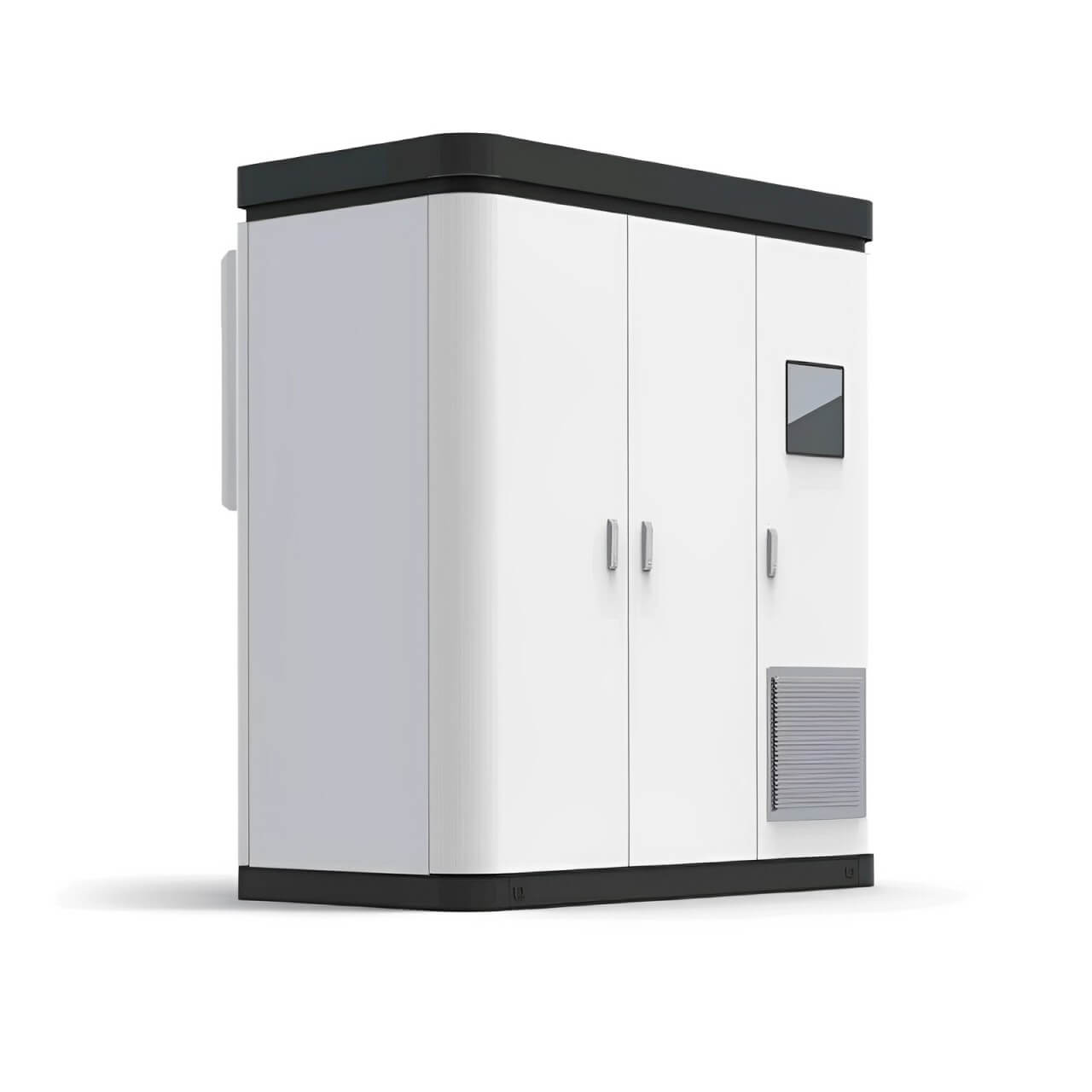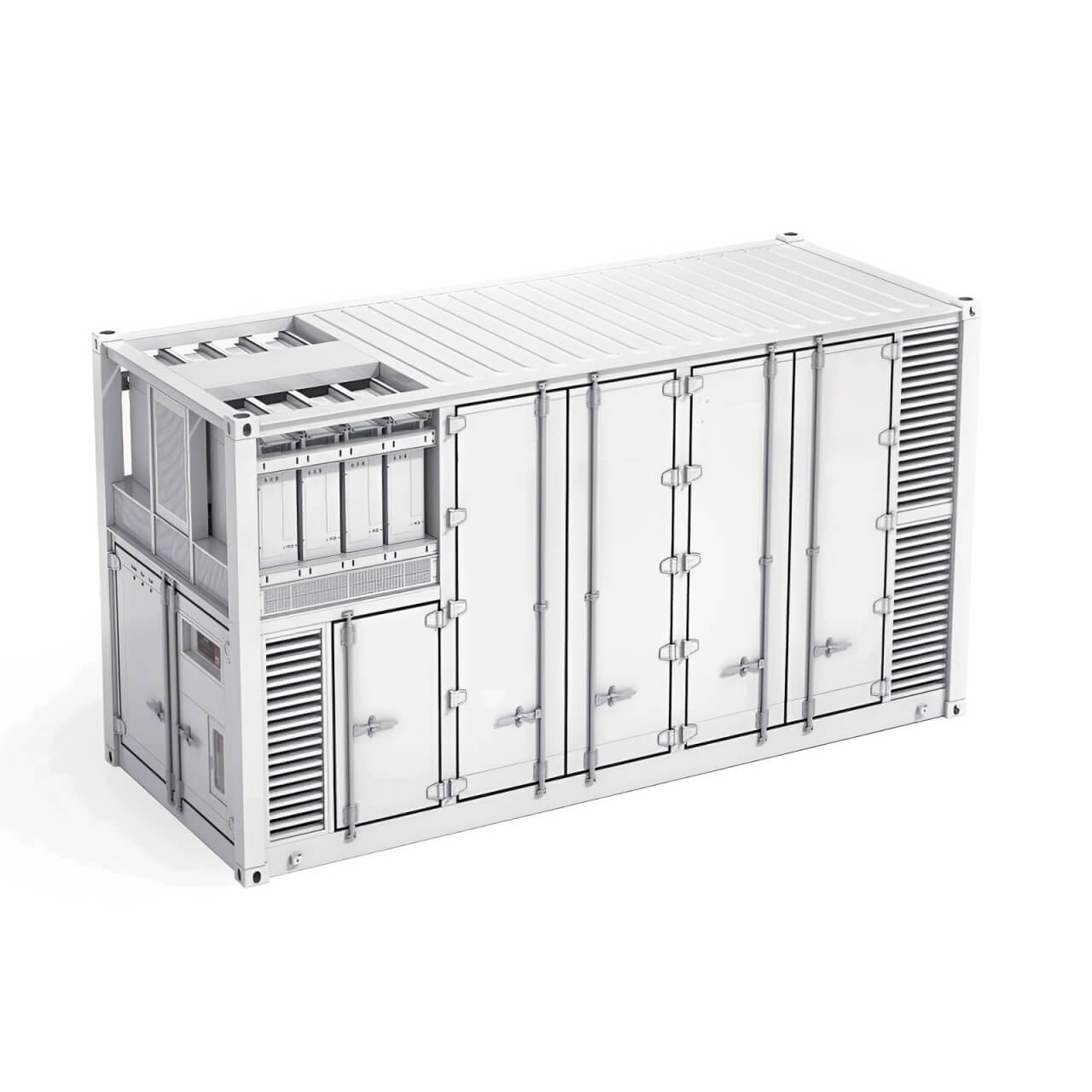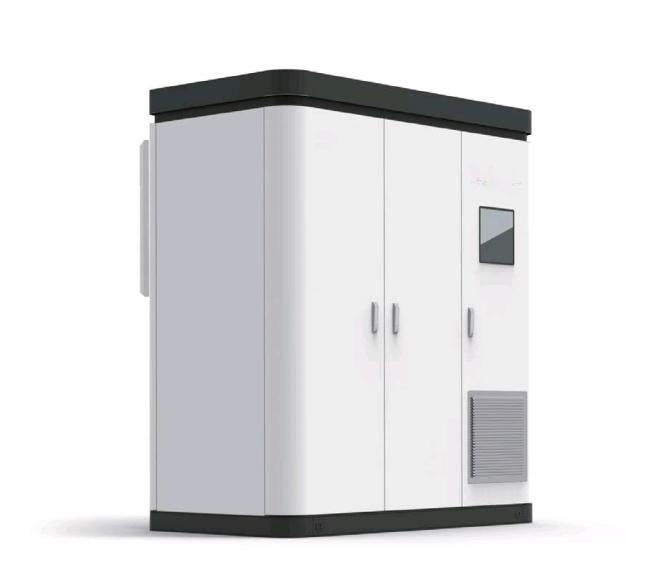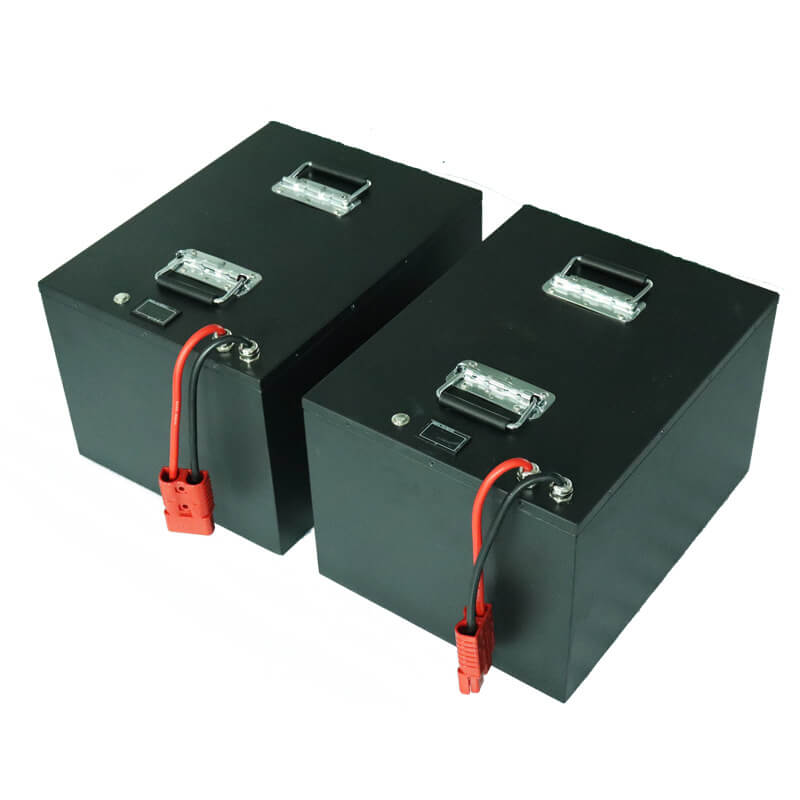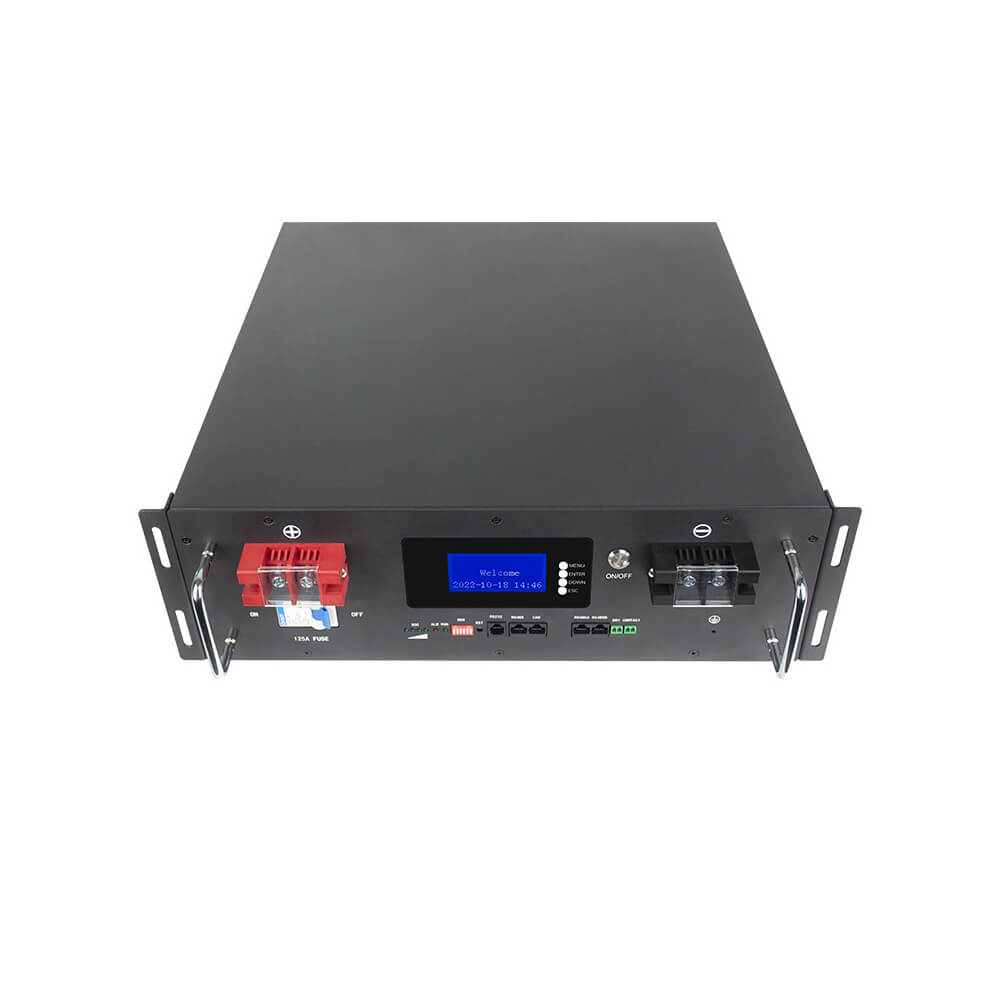What is the best system for storing energy?
Introduction to energy storage system
Energy storage system refers to a system that stores energy in the form of electricity through different media and releases it when needed.
According to different storage methods, it can be divided into chemical energy storage and physical energy storage. Chemical energy storage includes hydrogen, carbon hydrogen, carbon hydrogen oxygen and electrochemical energy storage. Electrochemical energy storage includes lithium-ion batteries, flow batteries, lead-acid batteries and sodium-based batteries. Physical energy storage includes pumped storage, compressed air storage, flywheel storage and energy storage.
Lithium-ion batteries, as the most widely used energy storage method at present, have the advantages of high energy density, fast response rate and long discharge time. The disadvantages are high price and risk of heating. It is expected to be the main method of energy storage system in the future.
Lithium-ion batteries are divided into two types according to raw materials: lithium iron phosphate and ternary lithium. According to the purpose, they can be divided into energy storage lithium batteries and power lithium batteries. As the name implies, energy storage lithium batteries are mainly used in energy storage systems, while power lithium batteries are used in the new energy vehicle industry. In comparison, energy storage lithium batteries generally emphasize long life and safety, while power lithium batteries emphasize high energy ratio.
For lithium-ion battery energy storage systems, they can be divided into three categories according to their different application scenarios:
Large-scale energy storage systems that match the power grid have large capacity; industrial and commercial energy storage systems have small capacity and can be used as backup power supplies for shopping malls, data centers, etc.; mobile energy storage systems, as temporary power protection measures, can cope with temporary maintenance, emergency power supply on highways, etc.
The three energy storage systems are different in structure, but they are similar in system composition. Here, taking large-scale energy storage systems as an example, we briefly explain the composition and structure of the energy storage system.
Large-scale energy storage systems usually use containers as carriers, in which battery systems, energy management systems, battery management systems (BMS), converter systems (PCS), cooling systems, fire protection systems, and lighting and monitoring systems are assembled.
Battery system: usually composed of several battery clusters, and the battery cluster is composed of several battery packs. Depending on the structure of the battery pack, the battery pack may have a battery management system (BMU).
Energy management system: called EMS (Energy Management System), mainly monitors the real-time operating status information of the power station, including system power curve, battery voltage and temperature information, cumulative processing power information and other agreed monitoring information.
Battery management system: called BMS (Battery Management System), mainly manages the charging and discharging protection of the battery pack. When fully charged, it can ensure that the voltage difference between each single cell is less than the set value, realize the equal charging of each single cell in the battery pack, and effectively improve the charging effect under the series charging mode. At the same time, detect the overvoltage, undervoltage, overcurrent, short circuit, and overtemperature status of each single cell in the battery pack to protect and extend the battery life. Generally, it is a three-level architecture, that is, the battery pack-battery cluster-battery system each has a control unit.
Converter system: called PCS (Power Conversion System). Lithium-ion batteries output direct current. When the battery interacts with the grid, AC/DC conversion is required, which requires an energy storage converter system. The energy storage converter can complete the bidirectional energy flow between the grid and the battery, and realize the charge and discharge management of the battery system, grid-measured load power tracking, battery energy storage system charge and discharge power control, and grid-measured voltage control in normal and islanded operation modes through control strategies; it has the characteristics of high conversion efficiency, wide voltage input range, fast grid-connected and off-grid switching, and convenient maintenance. At the same time, it has perfect protection functions, such as island protection, DC overvoltage protection, and low voltage ride-through (optional), etc., to meet the system grid-connected and off-grid requirements.
Cooling system: Because lithium batteries have a range of system operating temperature requirements, the ambient temperature needs to be controlled. Generally speaking, there are two forms: air cooling and liquid cooling. Air cooling is a traditional cooling method with mature technology and wide application. However, its disadvantage is that it needs to leave air ducts and has a large overall volume. Liquid cooling is a cooling method that has become increasingly popular recently. Its characteristics are that it uses liquid cooling, has higher cooling efficiency, and does not require air ducts, making the overall volume smaller and the energy ratio higher. However, its disadvantages are that it is more expensive and the technology is not as mature as air cooling.
Firefighting system: Compared with traditional lead-acid batteries, lithium-ion battery systems have higher heat generation and lower thermal stability than lead-acid batteries, and there is a risk of fire during operation. Therefore, the firefighting system is an important part of lithium-ion battery energy storage. Container energy storage systems generally use pipe network firefighting, with the medium being heptafluoropropane or perfluorohexanone, and there are also cases of combining water spraying. In smaller industrial and commercial energy storage and mobile energy storage, aerosols can also be used. The advantages and disadvantages of several methods and their typical application forms will be explained in detail later, so I will not repeat them here.
Depending on the different configurations of the energy storage system, there may also be a transformer system to complete the step-up and step-down between the battery system and the power grid.

 简体中文
简体中文 Russian
Russian French
French German
German Japanese
Japanese Korean
Korean Arabic
Arabic Spanish
Spanish